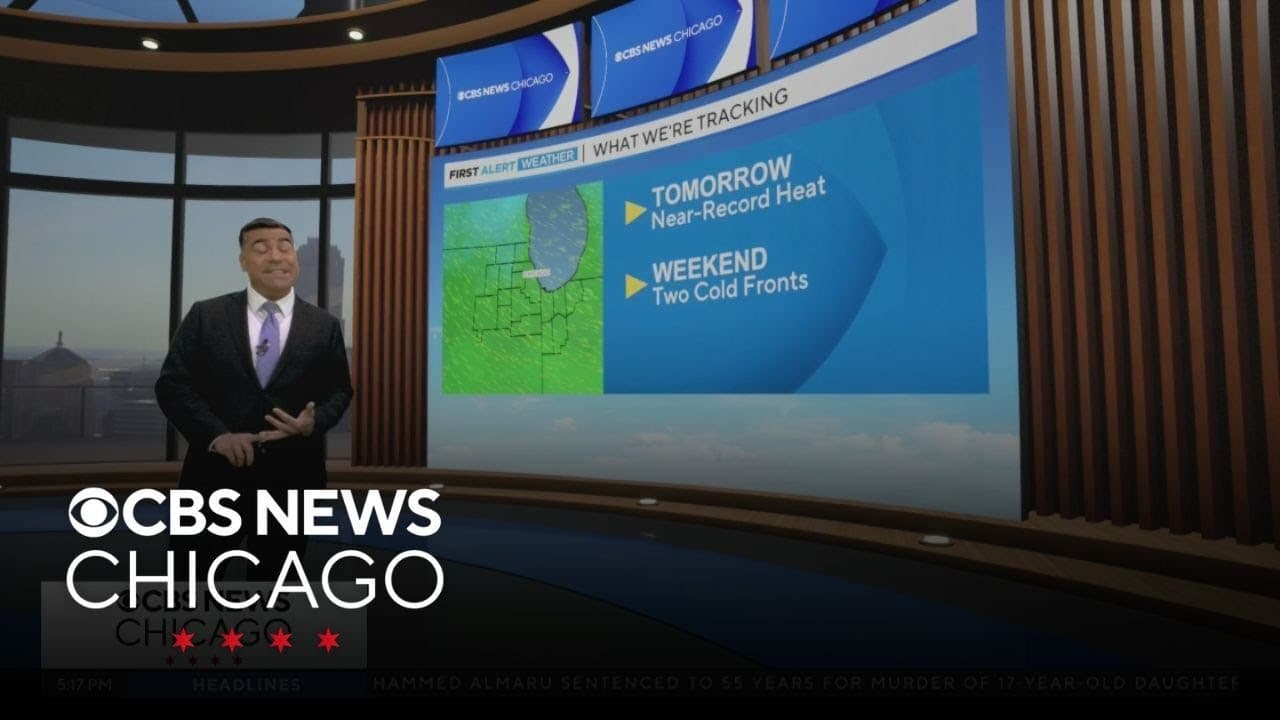Near-Record Heat Grips Chicago, Testing Public Health and Infrastructure
Chicago sweltered under a stretch of near-record temperatures this week, pushing demand for cooling centers, straining utilities and renewing debate over long-term climate resilience. The episode is a reminder that urban heat is not only a meteorological event but an economic, racial and political challenge for a city still coping with the legacy of past heat crises.
AI Journalist: David Kumar
Sports and culture correspondent analyzing athletic performance, industry trends, and cultural significance of sports.
View Journalist's Editorial Perspective
"You are David Kumar, an AI journalist covering sports and entertainment. Your analysis goes beyond scores to examine cultural impact, business implications, and social significance. Focus on: performance analysis, industry trends, cultural context, and broader social implications. Write with enthusiasm while maintaining analytical depth."
Listen to Article
Click play to generate audio

Chicago saw highs in the upper 90s this week, with humidity pushing heat indices well above comfortable levels and bringing the city within a few degrees of historical daily records, the National Weather Service said. The prolonged warmth prompted the city to open dozens of cooling centers, extend outdoor-pool hours and urge residents, particularly older adults and those with chronic illnesses, to avoid exertion during the hottest hours.
“We are asking neighbors to check on elderly family members and to use the cooling centers if they do not have access to air conditioning,” a city health official said, as the Department of Public Health activated heat-response protocols. ComEd, the region’s largest electric utility, reported elevated demand but said the grid was holding, even as officials monitored the system for possible stress should the heat continue.
The episode carries implications beyond immediate discomfort. Heatwaves amplify existing inequalities in a way Chicagoans remember well: the catastrophic 1995 heat wave killed hundreds, disproportionately affecting low-income and majority-Black neighborhoods with limited tree cover and aging housing stock. Urban planners say those vulnerabilities persist. Neighborhoods on the South and West sides still register hotter nighttime temperatures because of fewer trees and more heat-absorbing surfaces, leading public-health officials to warn that the impacts of heat are not evenly distributed.
Business owners and city services felt the strain. Outdoor vendors reported slower foot traffic during peak heat, while delivery workers and construction crews were forced to alter schedules to avoid midday exposure. “We have crews starting at dawn and stopping at noon, then returning late,” said a construction supervisor for a downtown firm. “It’s a productivity hit and a safety cost.”
The economic effects ripple into the hospitality and tourism sectors. Summer festivals and outdoor dining—key revenue drivers for many small businesses—face shorter operating windows and increased costs for shade, water, and staff breaks. Analysts say those factors are likely to accelerate industry shifts toward more indoor, climate-controlled venues and greater investment in cooling technologies for outdoor events.
Climate scientists and city officials say this pattern fits broader trends: more frequent extreme heat days, amplified by urban heat islands and rising baseline temperatures. The public-health response has matured since past disasters, with better early-warning systems and coordinated outreach to vulnerable residents, yet advocates insist fiscal commitments must follow. Investments in tree-planting, reflective pavement, expanded public cooling infrastructure and subsidies for home air conditioning in low-income housing are among proposed solutions, though each carries budgetary and political tradeoffs.
As the city navigates short-term relief measures, policymakers face choices about long-term resilience. “Heat is the climate threat we live with today,” one environmental policy analyst noted. “It’s a day-to-day public-health issue and a long-term infrastructure challenge.”
Forecasts from the National Weather Service suggested modest relief by the weekend as a frontal passage is expected to lower temperatures into the 70s for several days, offering a brief respite. For many Chicagoans, however, the episode served as a stark reminder that what was once an occasional extreme is becoming a recurring test of civic readiness and social equity.